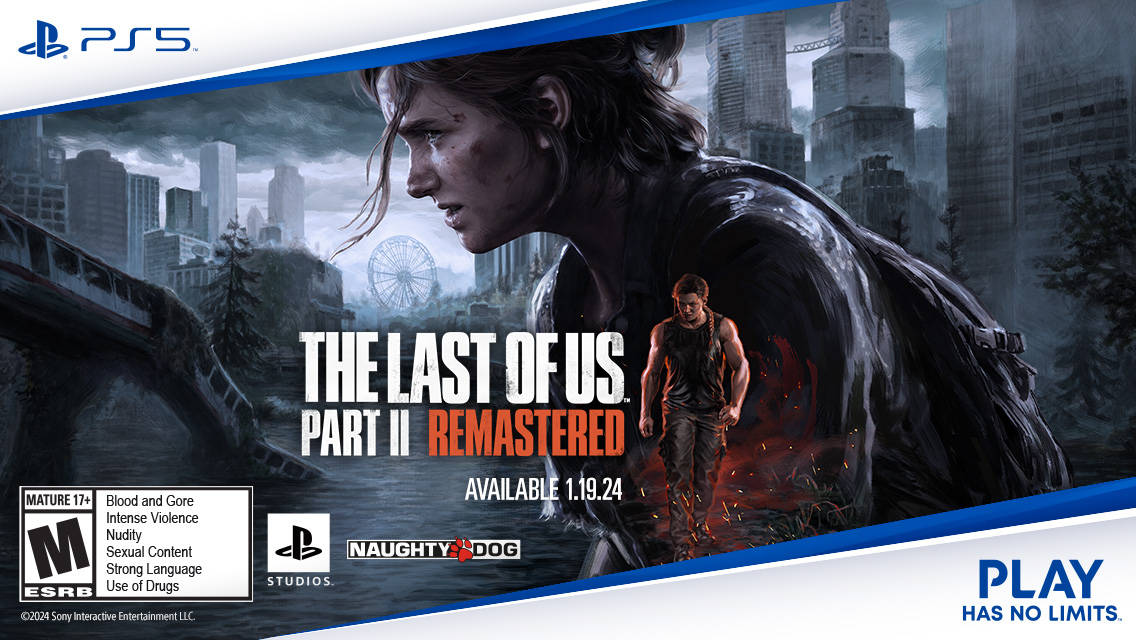Roguelike dungeon crawlers might be a niche subgenre in the gaming world, but there have been plenty of notable titles over the years that have made “roguelike” a recognizable term. Most players know it for its permadeath mechanic, which was a major reason I avoided the subgenre. However, the latest action role-playing game from Devolver Digital and Onebitbeyond, The Swords of Ditto, finally gave me a chance to try out the roguelike experience, and thanks to its unique tweaks to the subgenre, I’ve been won over—sort of.
The story in The Swords of Ditto is simple but gives a clear mission for the player to accomplish. The inhabitants of Arcadia, known as Dittoans, have been plagued for centuries by an evil witch named Mormo. While the legendary Swords of Ditto, warriors that rise every generation to vanquish the witch, have fought tirelessly to defeat her, a mysterious power continually brings her back to life alongside the arrival of a new Sword of Ditto. Now, with the help of the spirit Puku, it’s up to you to find the source of Mormo’s power and destroy it once and for all. Essentially, time and repetition are key elements in the story, but the plot is just the beginning of how The Swords of Ditto uses them as themes.
The overall flow of the game operates in cycles, or eras, with a new Dittoan taking on the role of the Sword every 100 years. When you first begin, you’re given a random character to control as the Sword, but once that character dies in battle (and they will), the game automatically jumps forward a century and offers a new warrior to control. This mechanic of permanently losing a deceased character is a staple of the roguelike subgenre, but The Swords of Ditto uses a few more modern spins on the classic format to make it more accessible.
While you are required to essentially start from scratch with each new Sword, any experience points, level gains, and money gathered by the former warrior will transfer over to the newbie. Personally, I’ve always seen roguelike games as unnecessarily punishing, but I understand fans of the subgenre love the risk and reward of it all. With that said, as someone who’s brand new to such adventures, the fact that my levels and stats carried over gave me the incentive to want to keep on forging ahead to defeat Mormo. However, it took me several failed attempts to realize not only this, but several of the game’s other useful mechanics as well.
The Swords of Ditto offers top-down action gameplay, similar to The Legend of Zelda: A Link to the Past, but with a few extra features at your disposal. Each Sword has, of course, a sword to use, but they also can utilize subweapons known as Toys. These Toys can be found in two ways: by buying them with money from the town’s shop or by completing one of the main dungeons. The Toys are pretty hilarious and match well with the game’s cartoonish aesthetic, with my personal favorites being the vinyl record boomerang, or the action figure helmet that turns you into a giant robot. Each Toy consumes Toy Power, which regenerates by defeating enemies, similar to a magic meter. On top of that, players can use Stickers, which are buffs that can be attached to a character’s body, head, sword, and arm. Some of them offer ridiculous mods, like being slightly invisible to enemies when in standing in grass, while many are extremely helpful, such as an added fire element to your sword swing. For the most part, Stickers and Toys are explained well enough in the game for players to understand how they work, but acquiring them is no easy task.
Similar to most roguelike games, once a new warrior is born, the world changes slightly by randomly generating new dungeons and areas to explore. In turn, no new generation’s journey will ever be the same as the last, but this introduces a problem. Players only have four days to level up and find Toys and Stickers before being forced to confront Mormo in her palace. The in-game days don’t match real-world time, though, so you have about one real-world hour of gameplay before those four days run out. For the first few warriors, I didn’t find the ticking clock to be that daunting, as I was exploring and learning how to navigate the dungeons. Sadly, by my fourth reset, I was frustrated in knowing that all the money I would grind to buy a new Toy would amount to nothing once I died, with only my warrior’s level carrying over. The enemies also match your level, so in a way, the stats don’t really amount to much in the end, making the Toys and Stickers the real tools to defeat Mormo and the lesser bosses found in dungeons. It felt like I was trapped in an endless cycle of spending time grinding for money and racing against the clock, only to die in Mormo’s palace and have to completely start over. Little did I know, but the game’s design failed to inform me of a vital feature that would help make everything a little less annoying.
While I thought I was getting a small treat by having my level gains and unused money carry over each generation, I learned about 15 hours in that Celestial Tokens, which are found throughout the dungeons of Arcadia, can be used to summon a magical whale that can manipulate the effects of dying. Once you’ve collected enough of the Tokens, you will henceforth have the ability to send a fallen warrior’s Toys, Stickers, and consumable items to the next Sword. To make that transfer, the game then introduces Celestial Shards which act as a form of currency that can be found easily by defeating enemies. Once a character falls, the whale automatically appears and can send the previously-mentioned items in return for a certain amount of those Shards. This was mind-blowing and exactly what I was hoping was a feature, but the game never guided me to learn this on my own. I ultimately stumbled across the mechanic after collecting several of the Tokens and finding the whale fountain, which is where you first summon the magical sea creature. At one point, your spiritual advisor Puku mentions that time might be able to be manipulated, but that’s the only reference I could find to the Celestial system. In addition to the vague details, the game pushes you to each main dungeon by circling it on your in-game map, which keeps you from wanting to explore the rest of the overworld map. In turn, this poor design choice makes it easy for any player to just head straight to the Toy dungeon because of the ticking clock and avoid ever discovering the opportunity to carry over items between warriors.
Once I was able to rely on grinding Celestial Shards to carry over Toys and Stickers, the game’s cycle system didn’t feel nearly as frustrating. However, a player shouldn’t have to guess what the features of the game are, as there are plenty of ways to hint that continually dying and starting again isn’t the only way to succeed. Unfortunately, even this helpful system has drawbacks later in the game, but I would have to spoil some of the plot to explain what they are. All in all, it wasn’t a perfect way to inspire long-term play, making me step away from the game a few times to keep from getting angry.
What helps these misgivings immensely, though, are the tight controls and overall aesthetic of The Swords of Ditto. As I previously said, the game is done in a cartoony art style, which makes every area pop with color and charisma. The variety of enemies is also visually interesting, and apart from looking great, they all require a different means to defeat. Your warrior can use their sword against every enemy, but some explode on impact, while others can inflict status effects when too close. In turn, taking advantage of the Toys that offer ranged damage help with these baddies, and thankfully, having to constantly monitor the different types of enemies in your path is more engaging than cumbersome. My favorite skill of the warriors, though, is the roll dodge, which works hand-in-hand with combat. As I got more comfortable with taking down the harder enemies (such as the armored knights and warlocks), I was able to take more risks with my close-quarters fighting thanks to the roll dodge. Swiping at an enemy and rolling away feels snappy and responsive, making it fun to roll around to avoid an attack and follow up with a counter blow from behind. Perfecting this dodge-and-attack combo is imperative for taking on Mormo’s palace, which, unlike the Celestial Token problem, is clearly laid out as an important talent to master.
The Swords of Ditto doesn’t have to be played alone either, as the game supports local cooperative play. When taking on the game with a friend, the cycle of grinding and dying isn’t as much of a problem, as players can share Stickers and Toys. Some of the harder enemies can be taken down more easily, too, since you have more firepower than normal. I was only able to briefly experience the game with a partner, but I would suggest players that are new to the genre (like I was) jump into the game with a friend first. With two people, you’ll blaze through dungeons faster, giving you a chance to explore more and likely find the helpful but secret features that aren’t outlined when playing.
The Swords of Ditto was a rollercoaster of emotions for me. While I found myself frustrated with the game’s lack of direction and explanation of its vital features, once I was in the know, I didn’t want to stop playing. Despite its rocky moments, the game’s gorgeous visuals and reliable controls were strong enough to make the several resets worthwhile. So, while I was ready to walk away from the game a few times, the tweaks that Onebitbeyond made to the permadeath system were what saved the overall experience. However, knowing roguelike experiences are far more difficult than what’s offered here hasn’t made me want to delve too deeply into the subgenre, which likely means The Swords of Ditto will be a more passive experience for hardcore fans of roguelike games.
Note: While playing the PlayStation 4 version for this review, I ran into a glitch in Mormo’s Palace. One of the final doors that led to the boss fight would not open, forcing me to kill my character and reset the dungeon layouts. The developer has promised the issue will be fixed in the game’s day-one patch.
|
★★★☆☆
Devolver Digital and Onebitbeyond’s action RPG, The Swords of Ditto, isn’t a complete reinvention of the roguelike subgenre, but it has enough modern twists and artistic charm to stand out. Players new to such games might have trouble jumping in, though, as a few important mechanics of the subgenre aren’t explained as well as they should have been. |
Developer Onebitbeyond Publisher Devolver Digital ESRB E – Everyone Release Date 04.24.2018 |
| The Swords of Ditto is available on PlayStation 4 and PC. Primary version played was for PlayStation 4. Product was provided by Devolver Digital for the benefit of this coverage. EGM reviews on a scale of one to five stars. | |





